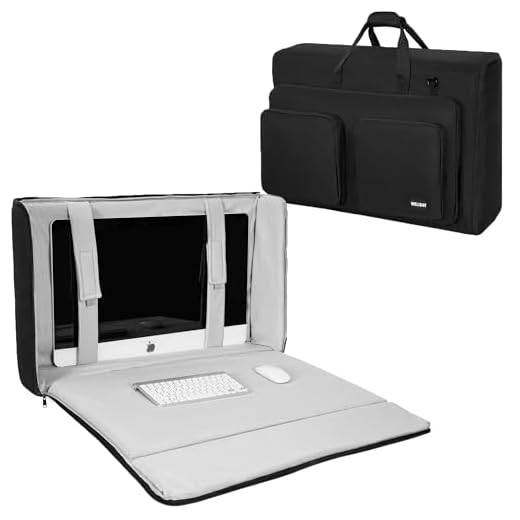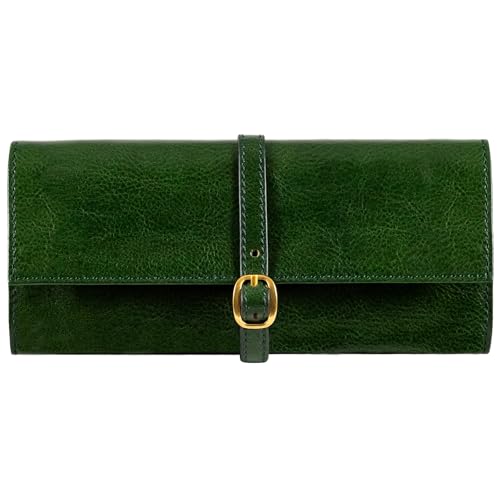



Utilize padded cases or soft pouches for fragile electronics and breakable belongings. This adds a significant layer of cushioning, helping to absorb shocks and prevent damage. Each device should be individually wrapped in soft fabric or foam for enhanced safety.
Incorporate zippered compartments and packing cubes to keep smaller essentials organized and separated. This not only maximizes space but also minimizes movement that could lead to wear and potential harm to your goods. Ensure heavier objects are always packed toward the bottom of your suitcase to maintain stability.
Consider using tamper-proof locks on your travel bags. These mechanisms deter unauthorized access and provide peace of mind for high-value possessions. Make a note of the combination or keep a spare key in a secure place, separate from your main luggage.
Opt for hard-shell suitcases for maximum protection against impact. These designs are less prone to crushing or bending, making them ideal for safeguarding delicate contents. Regularly inspect these carriers for any signs of damage or wear before each trip to ensure they remain sturdy.
Finally, label all personal belongings clearly. This aids in the identification of your goods, making recovery easier in the event of loss or misplacement. Use a unique identifier, such as a colorful tag or distinctive tape, to set your belongings apart from others.
Securing Belongings During Travel
Utilize packing cubes to compartmentalize and organize your belongings. This method minimizes movement inside the bag, reducing the risk of damage.
Strategic Arrangement
- Place fragile objects in the center of the suitcase, surrounded by softer items like clothing.
- Adjust hard-shell cases to fit snugly, ensuring minimal shifting during transit.
- Use rolled clothing to fill gaps, preventing potential movement of contents.
Advanced Safeguards
- Wrap delicate gadgets or glassware in bubble wrap for extra cushioning.
- Consider hard cases for electronics to avoid impact damage.
- Invest in TSA-approved locks to deter unauthorized access to your bag.
Utilizing vacuum seal bags can also compress clothes, saving space and providing additional protection from moisture.
Choosing the Right Luggage for Durability
Select hard-shell bags constructed from polycarbonate or ABS plastic for optimal strength. These materials provide excellent impact resistance, preventing damage to the contents during transit.
Consider brands with established reputations for quality. Research user reviews specifically focusing on durability over time; look for those that mention long-lasting performance after many trips.
| Material | Durability | Weight</th |
|---|---|---|
| Polycarbonate | High impact resistance | Lightweight |
| ABS Plastic | Good durability | Moderate weight |
| Nylon | Resistant to tears | Lightweight but less rigid |
| Ballistic Nylon | Excellent abrasion resistance | Heavy |
Evaluate zipper quality. Look for YKK zippers, known for reliability and durability. Reinforced seams also contribute to a longer lifespan.
Check for features like reinforced corners and wheels designed for rough conditions. Spinner wheels can provide better maneuverability and lessen strain on the material.
Lastly, consider a warranty. Many manufacturers offer warranties on their products, which can be an indicator of their confidence in durability. Examine the terms to ensure comprehensive coverage.
Utilizing Packing Techniques to Minimize Damage
Implement compression bags to reduce the space that clothing occupies, thereby minimizing movement during transit and lowering the risk of creasing or tearing.
Wrap delicate objects in soft materials like clothing or bubble wrap to create a cushioned layer that absorbs shocks. Prioritize fragile pieces by placing them in the center of your case, surrounded by sturdier items.
Utilize dividers or packing cubes for organization. This keeps your belongings compartmentalized, preventing them from jostling against one another. Use labeled bags for smaller components to maintain clarity.
Fill empty spaces with smaller articles such as socks or snacks, which serve to stabilize larger pieces and prevent shifting. For example, among your packing choices, include a link to see which nuts have the highest protein.
Limit the weight of any single piece to avoid strain on the structure. Heavier articles should be closer to the wheels to enhance stability while transporting.
Lastly, take advantage of external pockets for frequently accessed belongings. Keep essentials like travel documents and electronics within easy reach to lessen the chance of rummaging through the main compartment.
Incorporating Protective Padding for Fragile Products
Utilize various forms of cushioning to ensure the safety of delicate belongings. Consider employing soft packing materials like bubble wrap, foam sheets, or even clothing items that can absorb impact.
Layering Techniques
Place a layer of padding on the bottom of your bag, followed by your fragile belongings wrapped securely in cushioning. Add additional padding on top before sealing the suitcase. This method creates a protective barrier on all sides.
Custom-Fit Solutions
For high-value or particularly vulnerable possessions, custom-fit sleeves or pouches offer extra security. Look for padded cases designed specifically for electronics, glassware, or other easily damaged goods. They can provide added insulation against bumps during transit.
Ensure that these protective materials are lightweight to avoid adding excessive weight to your baggage. Keep in mind, maintaining an organized and clutter-free arrangement will further enhance the safety of your packaged goods.
Securing Valuables with Locking Mechanisms
Choosing hard-shell cases equipped with built-in locks enhances security dramatically. Opt for lockable zippers, which prevent unauthorized access while maintaining convenience. Look for locks certified by recognized standards, such as TSA-approved locks, which allow authorities to inspect without damaging the closure.
Consider utilizing cable locks to secure bags together or attach them to fixed objects in transit hubs. These locks act as a deterrent for opportunistic theft and can safeguard against quick snatches.
Portable lockboxes provide an extra layer of safety for electronics and jewelry. These compact devices can be secured inside larger bags, preventing easy access to valuables.
Investing in lockable compartments within your travel gear can further enhance safety. Some backpacks and duffels offer specific pockets that can be secured, preventing quick grabs during security checks or public transport.
Regularly check and maintain locking mechanisms to ensure they function correctly throughout your travels. Sturdy locks remain a trusted method for ensuring that personal belongings stay where they belong.
Labeling and Organizing for Quick Retrieval
Implement clear labeling for each section of your suitcase. Use waterproof tags or labels that can withstand the rigors of travel. Preferably, employ color-coding to differentiate between categories such as clothing, toiletries, and electronics. This visual aid simplifies identifying the contents without having to rummage through everything.
Utilize packing cubes or compression bags to further streamline organization. Packing cubes allow for compartmentalization, making it easier to pull out a specific type of clothing or accessories quickly. Compression bags not only save space but also help keep similar items together, enhancing accessibility.
Additionally, consider creating a packing list that you keep in a known location, such as your travel wallet or on your phone. Mark each entry as you pack it to maintain an inventory. This practice guarantees that all essential gear is accounted for and expedites retrieval when needed.
For outdoor enthusiasts, consider consulting guides on the best luggage for outdoorsman, ensuring that your travel gear remains sorted and accessible.







